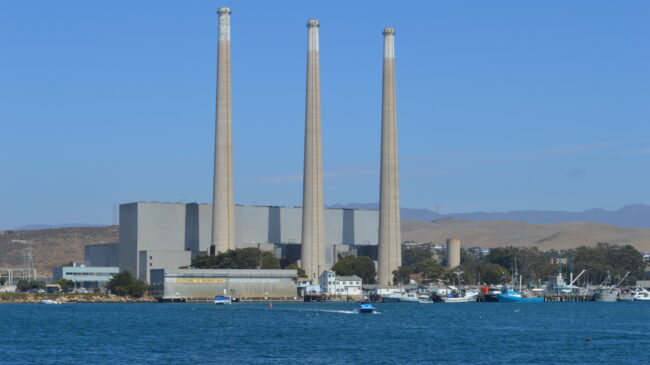As the state continues to grapple with drought conditions, water restrictions are being placed on six million residents in Southern California. The latest restrictions are another reminder that the California Coastal Commission’s recent rejection of the Orange County desalination plant, after 24 years of delay, reinforces the state’s position as a laggard in adopting technology that could provide water security. While arid coastal countries worldwide are implementing desalination, the most obvious solution to water scarcity, the Coastal Commission unanimously voted against the Huntington Beach project.
California Gov. Gavin Newsom, noting years of drought in the state, harshly criticized the rejection, saying, “We need more tools in the damn tool kit.”
The commission claimed it was worried about higher water bills for the area’s lower-income residents, impact on marine life near the facility, and reduced public access to the shoreline, especially during the construction period. It remains to be seen whether those objections will also defeat the proposed Doheny Beach desalination facility in southern Orange County despite its seemingly initially favorable reception from regulators. But even if the Doheny plant is approved, it would provide only 10% of the water that the Huntington Beach facility would’ve provided.
The Coastal Commission’s objections to larger facilities are out of touch with numerous other countries pursuing desalination at scale. Australia has five major desalination plants with more under development. Spain has hundreds of smaller desalination plants providing water for industry, agriculture, and drinking. On El Hierro, in the Canary Islands, desalination plants are powered by wind energy and hydroelectric power, demonstrating how Spain is addressing climate change and water security.
Last year, Singapore opened its fifth desalination facility and now meets about 30% of its water requirements from purified seawater. Its government is also experimenting with new technologies that reduce desalination’s energy consumption sharply.
Israel’s success with desalination is well known. It has five operating plants and two more under construction. Once all seven plants are online, they will collectively provide enough fresh water to meet 85%-to-90% of Israel’s municipal and industrial water requirements.
The world’s largest desalination plants are in Saudi Arabia and the United Arab Emirates. The Ras Al Khair plant in Saudi Arabia can produce 228 million gallons of water daily—more than four times the volume processed by the facility in Carlsbad, which remains California’s only major desalination plant.
These numerous examples suggest an overall pattern: countries with high per capita income, insufficient rainfall, and a seacoast are increasingly investing in desalination. But California, despite years of drought and its long-term water needs, is not following this global trend. And even within the United States, California is becoming an outlier.
This year, Arizona Gov. Doug Ducey proposed an ambitious plan to increase his state’s water supply. Under Gov. Ducey’s plan, Arizona would fund two desalination plants on the Sea of Cortez in northern Mexico. The desalinated water would be used in Mexico in exchange for Arizona being allowed to increase its use of Colorado River water, which is now limited by a binational agreement that reserves a portion of the water for Mexico.
If California officials cannot get comfortable with building more desalination plants in the state, they might consider participating in the Arizona project. Or, perhaps they could work on a similar deal with the Mexican state of Baja California, which had to cancel its own desalination project in 2020 due to the declining value of the Mexican peso. If California agreed to buy a portion of the water purified by the proposed facility in Rosarito, about 15 miles south of the border, perhaps the economics would work for everyone.
While it is true that desalinated water is much more expensive than groundwater or snowmelt piped in from the Sierra, this cost needs to be put in perspective. The estimated cost of water from the Huntington Beach desalination plant would have been $2,900 per acre-foot, which works out to just under one cent per gallon. This is a tiny fraction of the cost of bottled water, recently estimated to average $9.60 per gallon.
With many of the state’s politicians warning of worsening climate change and severe droughts, California shouldn’t be rejecting a sustainable opportunity to buy water for a penny per gallon.
A version of this commentary originally appeared in The Orange County Register.

